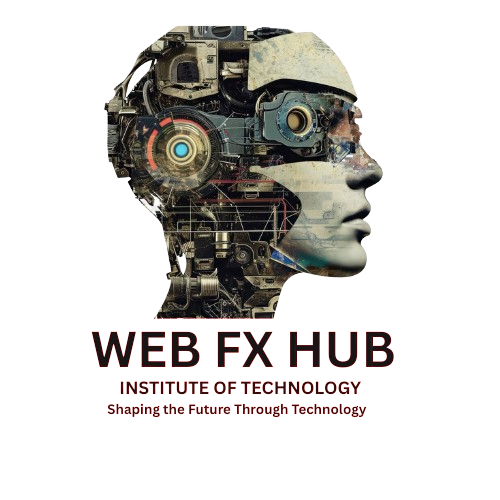Transitioning into web development can feel overwhelming, especially when searching for the Best Full Stack Web Development Course that matches your learning style and career goals. With numerous options claiming to be the ultimate solution, how do you make an informed decision?

This comprehensive guide analyzes the top programs available today, examining their teaching methodologies, project quality, and career outcomes. We’ll help you navigate through the choices to find the perfect learning path for your journey into full-stack development.
What Defines the Best Full Stack Web Development Course?
Before exploring specific recommendations, understanding what makes a program exceptional is crucial. The Best Full Stack Web Development Course typically shares these key characteristics:
- Industry-Relevant Curriculum: Covers modern technologies like React, Node.js, and cloud deployment
- Project-Based Approach: Emphasizes building portfolio-worthy applications
- Progressive Learning Structure: Guides from fundamentals to advanced concepts
- Strong Support System: Provides mentor access and community interaction
- Career-Focused Outcomes: Prepares students for real-world development roles
Career Accelerator Programs
Coding Bootcamps: Intensive Transformation
Designed For: Career-changers seeking comprehensive support
Reputable bootcamps like General Assembly and Springboard provide structured environments for rapid skill acquisition. These programs typically include career services and mentorship, making them valuable for job-seekers.
Program Benefits:
- Dedicated mentor guidance
- Career coaching and interview preparation
- Industry networking opportunities
- Project-based learning methodology

Key Decision Factors
Learning Style Assessment
Consider your preferred learning method before committing to a program. Self-paced learners thrive with platforms like The Odin Project, while structured environments benefit from bootcamps or Coursera certificates.
Technology Stack Considerations
Research which technologies align with your career goals. The MERN stack (MongoDB, Express.js, React, Node.js) remains highly sought after by employers, making it a safe bet for most beginners.
Project Quality and Quantity
The best programs emphasize building real applications rather than following tutorials. Look for courses that challenge you to create original projects from concept to deployment.
Career Pathway Planning
Beginner to Job-Ready Timeline
Most students dedicating 15-20 hours weekly can expect to become employable within 6-12 months. Intensive bootcamps accelerate this timeline to 3-6 months through full-time immersion.
Portfolio Development Strategy
Your project portfolio often matters more than certificates. Focus on creating 3-5 substantial applications that demonstrate your full-stack capabilities and problem-solving skills.
Essential Technologies Coverage
Ensure your chosen course covers these fundamental areas:
Front-End Mastery:
- Modern JavaScript (ES6+)
- React or Vue.js frameworks
- Responsive CSS design
- Web performance optimization
Back-End Competency:
- Node.js and Express.js
- Database management (SQL and NoSQL)
- API development and integration
- Authentication and security
Development Tools:
- Git version control
- Deployment processes
- Testing methodologies
- DevOps fundamentals

Common Learning Paths
The Self-Taught Route
- Start with freeCodeCamp’s responsive design certification
- Progress to JavaScript algorithms and data structures
- Complete The Odin Project’s full-stack JavaScript path
- Build personal projects and contribute to open-source
The Structured Approach
- Begin with Coursera’s introductory programming courses
- Advance to professional certificates in web development
- Supplement with Udemy courses for specific technologies
- Complete a capstone project demonstrating full-stack skills
The Bootcamp Experience
- Research bootcamps with strong job placement records
- Prepare with pre-course work and coding challenges
- Immerse in intensive project-based learning
- Utilize career services for job search support
Success Metrics and Outcomes
When evaluating programs, consider these success indicators:
- Graduate employment rates and salary data
- Student project quality and complexity
- Alumni network strength and engagement
- Industry recognition and employer partnerships
Making Your Final Decision
Choosing the right program requires honest self-assessment of your learning preferences, time commitment, and career objectives. The Best Full Stack Web Development Course for you aligns with these personal factors while providing comprehensive technical training.
Remember that consistent effort matters more than perfect course selection. Start building projects immediately, engage with developer communities, and don’t hesitate to switch approaches if your initial choice isn’t working.
Next Steps Toward Your Development Career
Begin by exploring free resources to confirm your interest in web development. Many successful developers started with freeCodeCamp or The Odin Project before committing to paid programs. The key is maintaining momentum through regular practice and project work.
Your journey to becoming a full-stack developer begins today. Choose a path, start coding, and join one of the most rewarding and dynamic professions in the digital economy.
For personalized guidance and expert mentorship in your learning journey, explore the comprehensive programs available at webfxhub.
